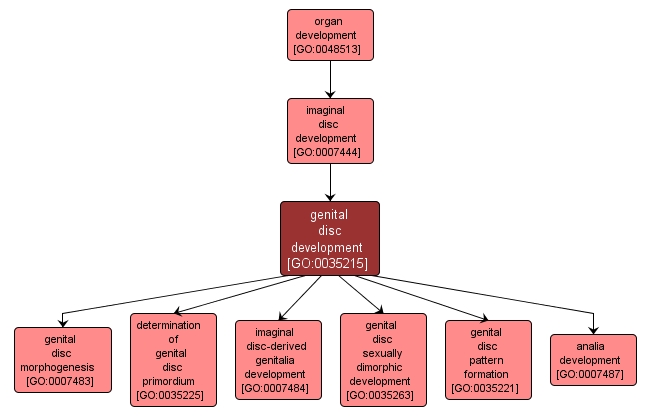| Desc: |
Progression of the genital imaginal disc over time, from its initial formation through to its metamorphosis to form the adult terminalia, comprising the entire set of internal and external genitalia and analia. Both sexes of Drosophila have a single genital disc formed from the female and male genital primordia, and the anal primordium. The anal primordium develops in both sexes, forming either male or female analia. However, only one of the genital primordia develops in each sex, forming either the male or the female genitalia. |














